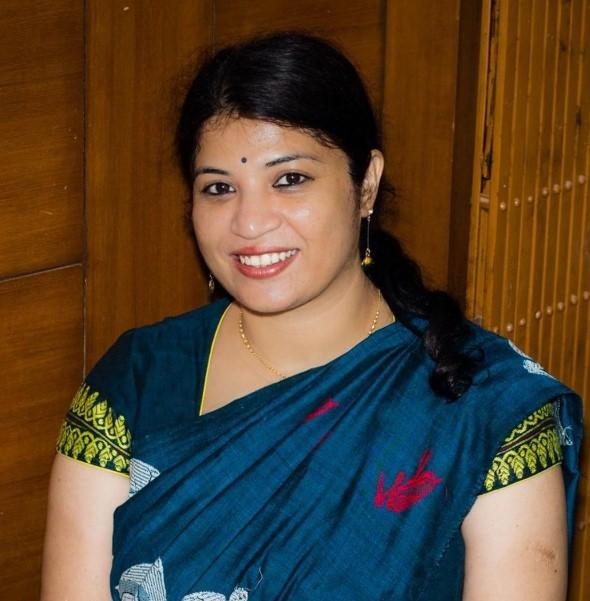Bio/Wiki
| Earned name(s) |
|
|---|
Physical Stats & More
| Eye Color | Black |
|---|---|
| Hair Color | Black |
Educational Qualification(s)
| Degrees |
|
|---|---|
| College/University | Gauhati University, Assam |
Personal Life
| Religion | Hinduism |
|---|---|
| Food Habit | Vegetarian |
| Hometown | Kamrup, Assam |
| Zodiac sign | Sagittarius |
Relationships & More
| Marital Status | Married |
|---|---|
| Marriage Date | 2 December |
| Husband | Rathin Barman |
Family
| Father | Former Army officer |
|---|---|
| Mother | Homemaker |
| Siblings | She has siblings. |
| Spouse | Rathin Barman |
| Children | 2 (twins): Sampriti (Hiya) Barman, Sanskriti (Pahi) Barman |
Career
| Achievements |
|
|---|---|
| Career Overview | Purnima Devi Barman has dedicated her life to the conservation of the greater adjutant stork in Assam, India. She is the Senior Project Manager of the Avifauna Research and Conservation Division at Aaranyak, where she leads initiatives to protect this endangered species. Through her innovative community engagement programs, she has successfully fostered a cultural respect for the stork, transforming perceptions from that of a pest to a celebrated species in local traditions. |
Favourites
| Recreational Activities |
|
|---|---|
| Pets | Has a pet dog named Pili |
Style Quotient
| Public Speaking | She is often invited to deliver motivational lectures. |
|---|
Social Media
| https://www.instagram.com/storksister/ | |
| https://www.facebook.com/StorkSister | |
| https://x.com/StorkSister | |
| https://www.linkedin.com/in/purnima-barman-64a91652/ |
Some Lesser Known Facts
| At the age of five, Purnima was sent to live with her grandmother near the Brahmaputra River, where she developed a love for birds. | |
| She began educating villagers on the importance of greater adjutant storks, pausing her PhD research to do so. | |
| Purnima founded the Hargila Army, empowering women in rural Assam to protect the storks and educate their communities about conservation. | |
| She has organized various community events, including celebrations for people with stork nests, turning conservation into a cultural event. | |
| Purnima has published multiple case studies on conservation initiatives and has gained international recognition for her work. |
